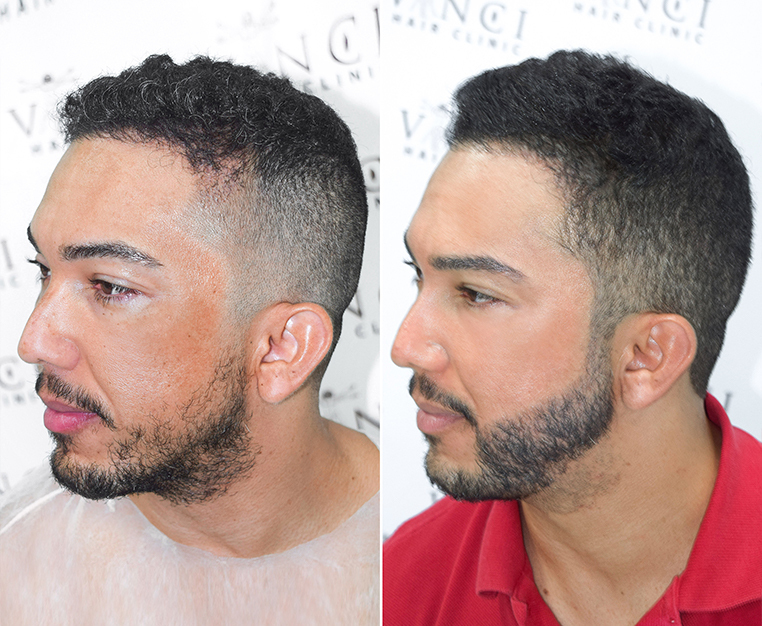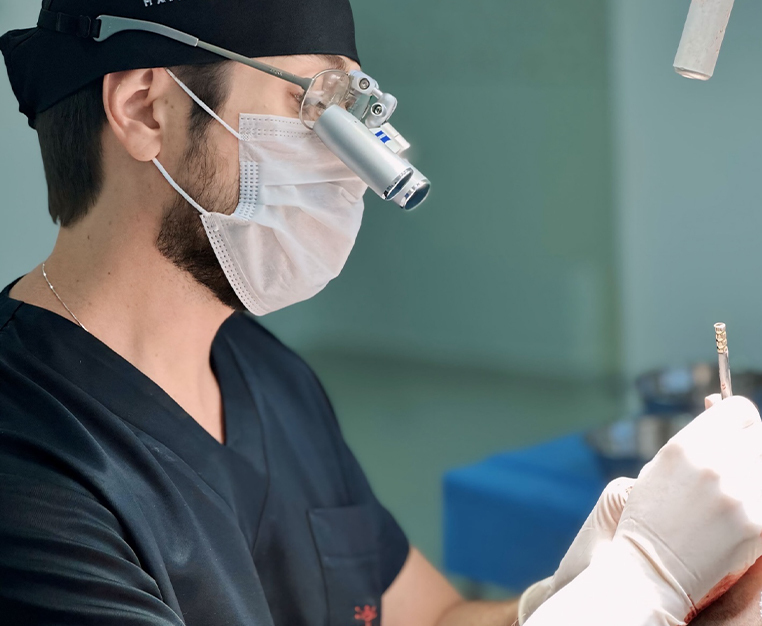Beards have been fashionable for years. In fact, it’s not far off the mark to state that they’ve never really gone out of fashion. Sure, there are always changes to the type of beard that’s in vogue. The past year or two may have seen a shift away from the shaggy beard to something a bit tidier, but there has been no decline in the number of men wearing a beard of some sort.
Strange, therefore, that beard hair loss is not discussed to the same extent as scalp hair loss and treatments for it receive little attention in the media. Is there any demand for beard transplants? Why would a man need or want one, and how does it even work?
Scroll down to find out!
The Attraction of Beards
Men grow beards for all sorts of reasons. Young men may grow one just to show they’ve reached manhood. Other guys just don’t like the tyranny of the daily shave. Most men, however, wear a beard because they think it makes them look better. Evidence from a recent study suggests they might be right, from a female perspective at least. Conducted at the University of Queensland, the study demonstrated that women find men with beards more attractive. A beard, it seems, speaks of maturity, virility, and masculinity.
Whatever the reason, beards remain a huge part of the whole experience of being male, and that shows no sign of changing. A beard can be an essential part of a man’s identity. Beard hair loss, therefore, can strike at an individual’s self-confidence and self-esteem in just the same way as scalp hair loss.
What Causes Beard Hair Loss?
The medical term for hair loss in the beard is alopecia barbae. It is caused by factors including the autoimmune disorder alopecia areata, trauma, and burns. Razor bumps, also known as pseudofolliculitis barbae, can lead to inflammation of the face and neck. In the most severe cases, this can block new hair growth and cause the beard to be patchy in appearance. It may even result in permanent scarring. Hypotrichia, meanwhile, is a congenital form of hair loss that can occur even in otherwise healthy individuals.
Possible Treatments
There are several treatments for beard hair loss that stop short of surgery. Medications such as corticosteroids target inflammation in the body and are a popular treatment for alopecia areata. They can be applied topically or injected into the area of skin affected by alopecia. Minoxidil is another topical medicine used in the treatment of pattern hair loss, but it is also effective in treating alopecia barbae.
Where razor bumps are the problem, a solution can be found by adopting a less abrasive shaving regime. That simply means shaving less closely and less often. Other mitigating treatments include cosmetic procedures like micropigmentation to disguise the thinning areas.
If these treatments don’t fix the problem, a beard transplant may be the answer.
What Does a Beard Transplant Involve?
Beard transplants have been growing in popularity in recent years. Figures compiled by the International Society of Hair Restoration Surgery estimate that facial hair restoration treatment comprised 1.5% of all hair restoration surgeries carried out in 2010. This had risen to 4% by 2022 and shows no sign of slowing down. A beard transplant offers a way of enhancing facial hair that is naturally sparse or that has been thinned by hair loss. It can even provide full or stronger coverage in areas where there is no hair at all.
Beard transplants use the same surgical techniques used in scalp hair transplants. That means that hair follicles are taken from a donor site on the head and transplanted to the face. As with scalp hair transplants, the number of hairs needed for a transplant varies according to individual needs. If done by a reputable clinic and carried out with due regard to facial proportions and bone structure, a transplant can provide a natural, strong-looking beard.
Success rates for beard transplants are good. Experienced surgeons are able to predict how much growth an individual can expect and will advise against surgery if they believe the outcome won’t match the client’s expectations. Better outcomes are possible in men with a solid and healthy head of hair instead of those balding or with less than desirable hair texture.
Conclusion
Beard transplants may not enjoy the same level of mainstream acceptance as hair transplants, but that is changing. Figures for beard transplants continue to rise year on year. The rise is driven by the fact that, for many men, their beard is as important to their self-esteem and confidence as their hair, and they’d rather not lose either.
If you’re interested in a beard transplant or have any concerns about hair loss, Vinci Hair Clinic is here to help. Get in touch with us to arrange a free, no-obligation consultation with one of our experts. We have clinics worldwide!





